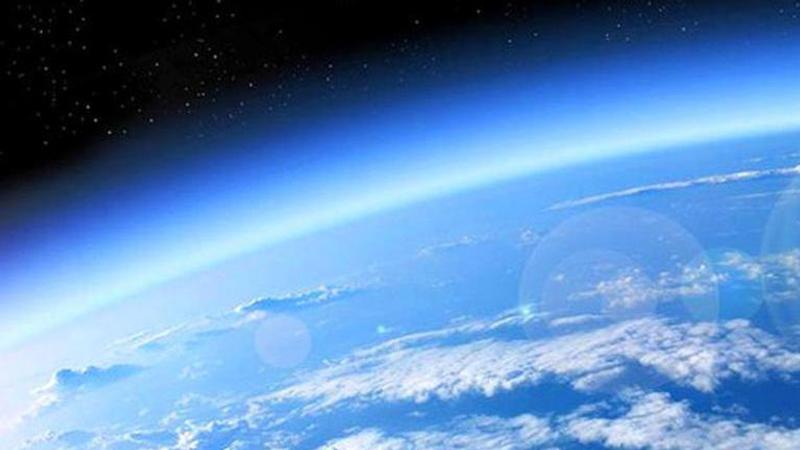Published 17:28 IST, August 23rd 2021
Study explains depletion in mesospheric ozone layer, its role in global climate change
Depletion of mesospheric ozone layer is caused by exact mechanism that creates aurorae, magnificent curtains of green light visible from Earth's polar regions.

Depletion of the mesospheric ozone layer is caused by the exact mechanism that creates aurorae, the magnificent curtains of green light visible from the Earth's polar regions. Because this depletion could have significance for global climate change, it is critical to comprehend it. Professor Yoshizumi Miyoshi of Nagoya University in Japan has headed a group of experts who have observed, analysed, and provided more understanding into this occurrence. The findings were published in Nature's Scientific Reports publication.
Electron-plasma wave interactions allow trapped electrons to enter Earth's atmosphere
Electrons from the sun are caught in the magnetosphere, which is the magnetic field region surrounding the Earth. Electron-plasma wave interactions can allow trapped electrons to escape and enter the Earth's upper atmosphere. Aurorae are caused by a phenomenon known as electron precipitation. However, current research suggests that this is also responsible for local ozone layer depletion in the mesosphere (lower than the thermosphere), which could affect our climate.
During a moderate geomagnetic storm over the Scandinavian Peninsula in 2017, Prof. Miyoshi and his team used the chance to change this theory. They were looking for "pulsating aurorae" (PsA), which are a sort of feeble aurora. Coordinated experiments with the European Incoherent Scatter (EISCAT) radar (at an altitude between 60 and 120 km, where the PsA occurs), the Japanese spacecraft Arase, and the all-sky camera network allowed them to make their observations.
The trapped electrons in the Earth's magnetosphere have a wide energy range, according to Arase data. Chorus waves, a form of electromagnetic plasma wave, were also detected in that region of space. Computer simulations revealed that Arase had seen plasma waves causing these electrons to precipitate over a wide energy range, which is compatible with EISCAT findings in the Earth's thermosphere.
Electrons with energies ranging from a few kilo electron volts to mega electron volts precipitate to induce PsA, according to EISCAT data. These electrons have enough energy to enter our atmosphere to depths of less than 100 kilometres, up to a height of 60 kilometres, where mesospheric ozone is found.
"PsAs occur almost daily"
Prof. Miyoshi describes, "PsAs occur almost daily, are spread over large areas, and last for hours. Therefore, the ozone depletion from these events could be significant. This is only a case study. Further statistical studies are needed to confirm how much ozone destruction occurs in the middle atmosphere because of electron precipitation."
(Inputs from ANI)
Image Credit: @MM_Yearbook/Twitter
Updated 17:28 IST, August 23rd 2021



